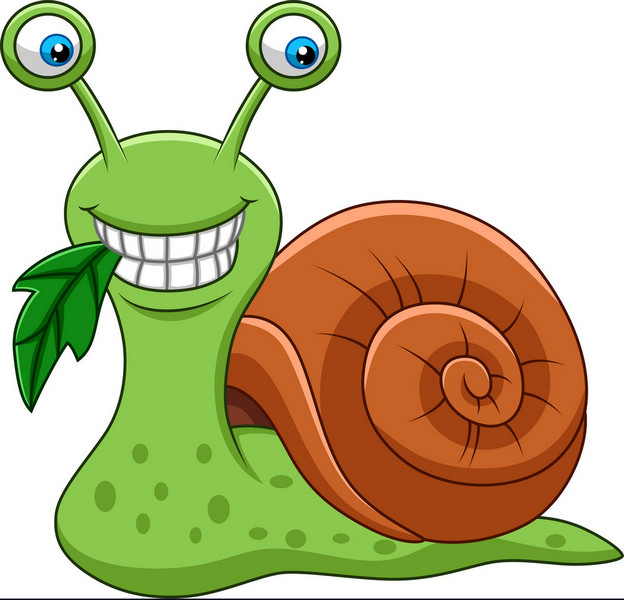If it’s spring, then it’s time to be assiduous about checking orchids for damage caused by snails and slugs. These pests can inflict a great deal of damage to virtually every part of an orchid, waiting for the cover of night. Left unchecked, snails and slugs can infest a collection and kill your orchids fairly quickly.
They are hermaphroditic, so every individual has both male and female organs and is capable of laying eggs. Adults lay up to 300 eggs in batches of 10 to 50 each. These eggs hatch in the spring in as little as 10 days during warmer weather, or up to 100 days in cooler temperatures. The average maturation period is about one month.
Telltale signs of their presence include translucent shiny slime trails; holes with uneven brown edges eaten through flower tissue; nibbled roots (thicker roots may have only small pock-mark-like holes eaten into them, while smaller, finer roots may be eaten clean through; tender new root tips are especially vulnerable); and new growths may be damaged or chewed to a nub.

How to control them? A favourite of some humans as well as molluscs, beer attracts snails and slugs. In the growing area place a small container (clean cat-food or tuna tins are ideal) filled with enough beer to drown a snail or slug – use as many containers as necessary. Empty the stale beer and deceased pests every few days and replace with fresh beer. Or dampen dry dog or cat food and place an inverted foil pie tin over it, propping up the tin just enough on one side so the critters can get underneath. Check the tin every morning, removing and destroying accumulated snails and slugs.
Although time consuming, hand-picking is still an effective (and satisfying) method of control. Go out after dark with a torch, pick off and destroy any slugs and snails found. Do not use salt directly on the critters; although this does kill them, it may also get into your plants and growing environment, causing unwanted damage. Better to drop the pests into a saltwater solution.
This is an abbreviated version of an American Orchid Society article by Susan Jones. Read the full article here.
